Japan’s rich culinary culture is one of the delights of visiting the country.
So, what to eat in Japan?
Whether you are currently traveling in Japan or planning a trip, isn’t deciding what to eat one of the exciting parts of your journey?
From traditional dishes that have been passed down through generations to innovative modern fusion cuisine, Japanese food promises an adventure for your taste buds. In this article, we will introduce some iconic dishes that you must try in Japan, and explain where you can best enjoy them.
Let’s embark on a delicious journey of discovery!
Typical Dishes from Across Japan – What to eat in Japan
If you ask locals in Japan, “What to eat in Japan?” you’re likely to get a variety of answers due to the rich array of delicious foods catering to different tastes.
We’ll introduce you to common Japanese dishes that can be found throughout the country, regardless of the specific location. Whether you’re staying or traveling somewhere in Japan, these dishes and the restaurants serving them can be found relatively easily.
1.Sushi
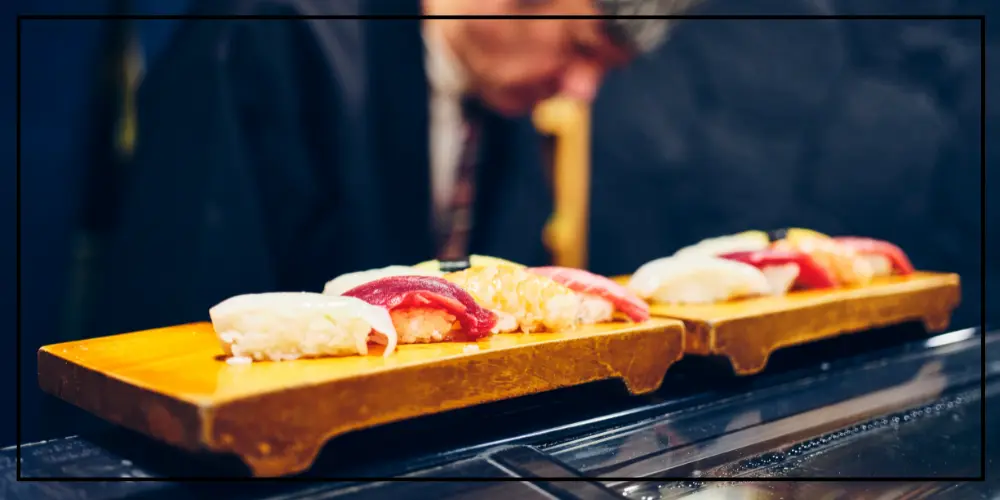
Sushi, as you may know, is an iconic Japanese dish beloved around the world. It consists of vibrant slices of sashimi placed atop rice seasoned with vinegar.
There are various types of sushi, including nigiri, maki sushi, and oshi sushi. Because different regions of Japan offer unique ingredients and styles, eating sushi provides a perfect opportunity to learn about the local culture and traditions. In places like the Tsukiji Market in Tokyo or Dotonbori in Osaka, where fresh ingredients abound, you can enjoy freshly made sushi right on the spot.

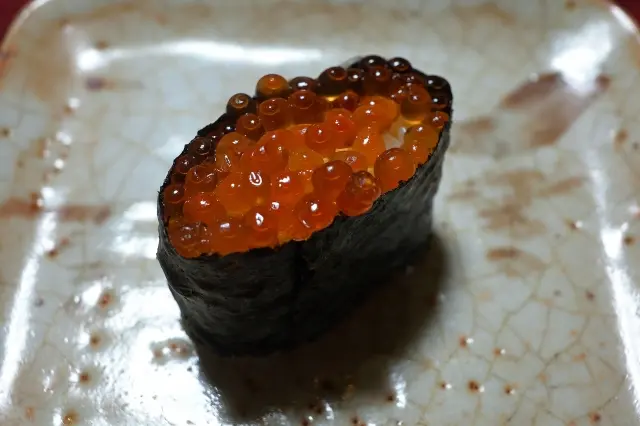

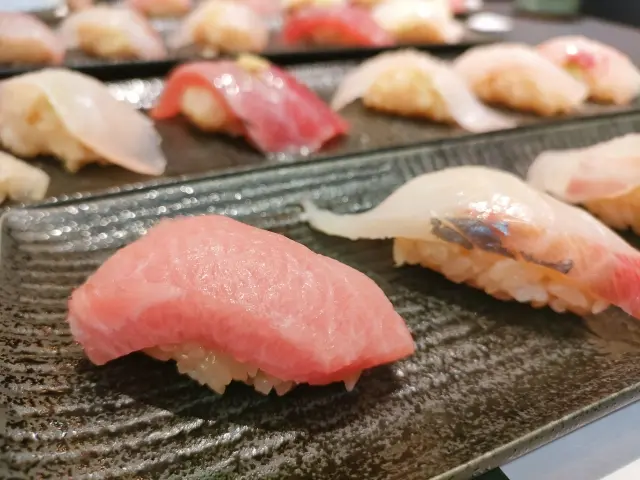
Additionally, sushi is a very healthy dish primarily made from vinegared rice, fish, and seaweed. At chain conveyor belt sushi restaurants in Japan, such as Kura Sushi, Uobei, Kappa Sushi, and Sushiro, you can enjoy fresh sushi at prices much lower than in many other countries. Be sure to try it if you come across one.
2.Ramen
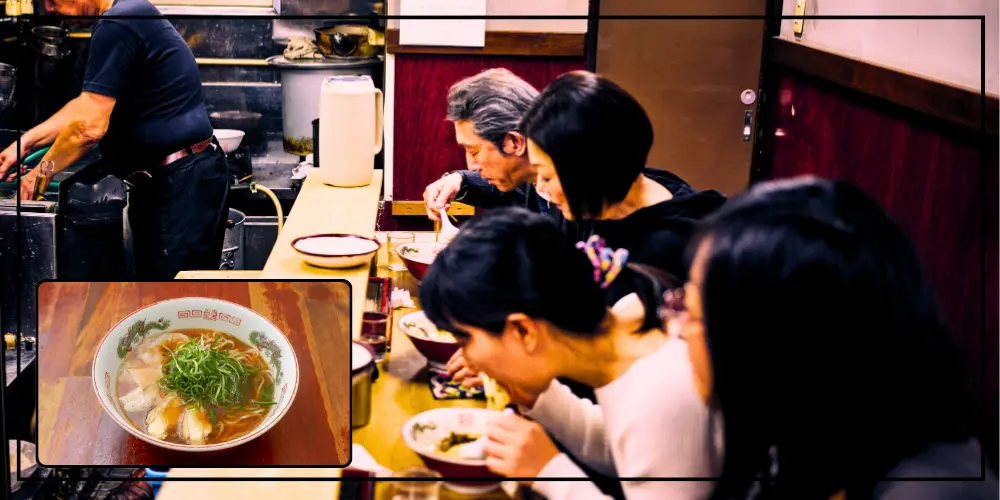
Ramen, originally a noodle dish imported from China, has undergone a unique evolution in Japan to become the dish we know today. It has become incredibly popular both within Japan and internationally, with each region developing its own unique style.
There are several basic types of ramen broths. Soy sauce ramen features a broth based on soy sauce, known for its clear and robust flavor. Miso ramen uses a rich miso base. Salt ramen is characterized by its prominent salt flavor and lighter taste. Tonkotsu ramen, originating from the Kyushu region, is famous for its rich broth made by simmering pork bones for a long time.
From these basic types, various region-specific ramens have evolved, each reflecting the unique cultural and culinary practices of their areas.

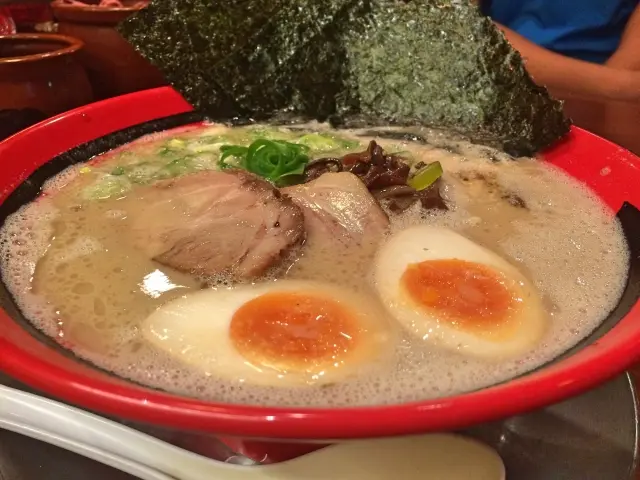

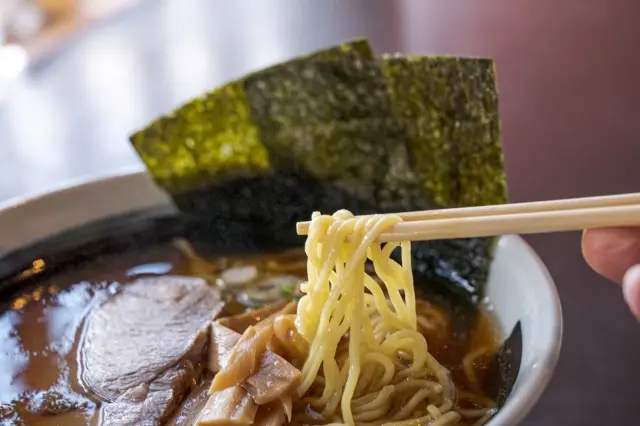
For example, Sapporo is renowned for its miso ramen, a rich and warming dish perfect for the cold winters. Tokyo ramen typically has a clear soy sauce-based broth that is simple yet deep in flavor. In Nagoya, you can enjoy Taiwan ramen, a unique spicy dish made with hot chili peppers. Jiro-style ramen is known for its generous portions and abundance of toppings, making it popular among the younger generation. Yokohama’s iekey ramen features a very thick pork bone base and has gained popularity across Japan in recent years.
These ramens reflect the local food cultures and ingredients, representing some of Japan’s most iconic dishes. Enjoy exploring the various types of ramen on your travels.
3.Tempura
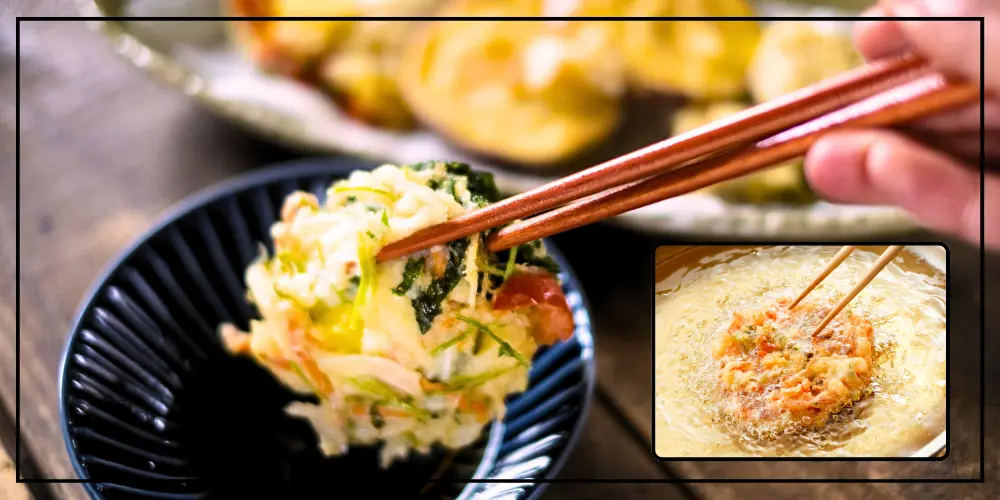
Tempura is a traditional Japanese fried dish known for its light texture and ability to enhance the flavor of the ingredients. This dish involves coating chicken, vegetables, and seafood in a special batter made from tempura flour and water, then quickly frying them in high-temperature oil to achieve a crispy exterior and a fluffy interior.
Today, tempura is enjoyed both in Japan and internationally, using seasonal vegetables and seafood to enjoy fresh ingredients all year round.
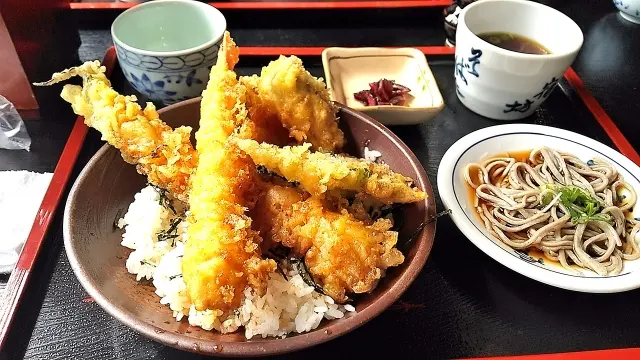
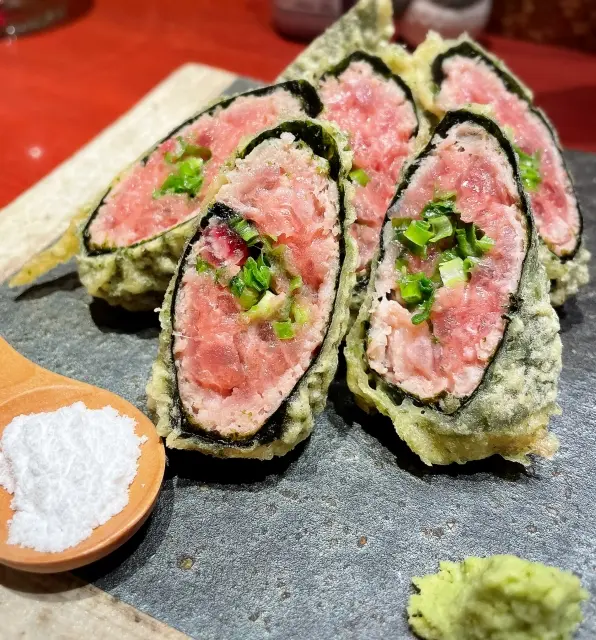
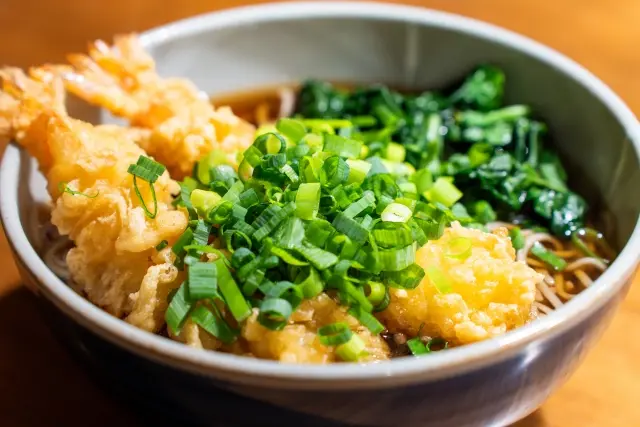
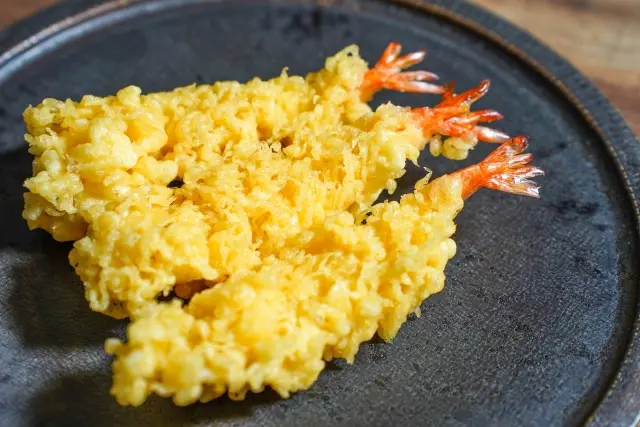
Particularly famous are tempura made with ingredients such as shrimp, pumpkin, eggplant, shiitake mushrooms, and asparagus. These ingredients are popular because they retain a light and airy batter while their flavors are enhanced through frying. It is common to enjoy tempura dipped in tentsuyu (a sauce made from dashi, soy sauce, and mirin), salt, or matcha salt.
Tempura can be enjoyed on its own or served in various forms such as tendon (tempura on top of a bowl of rice), tempura soba, and tempura udon. These dishes offer delicious ways to experience the diversity of tempura and symbolize the rich culinary culture of Japan.
4.Japanese Curry
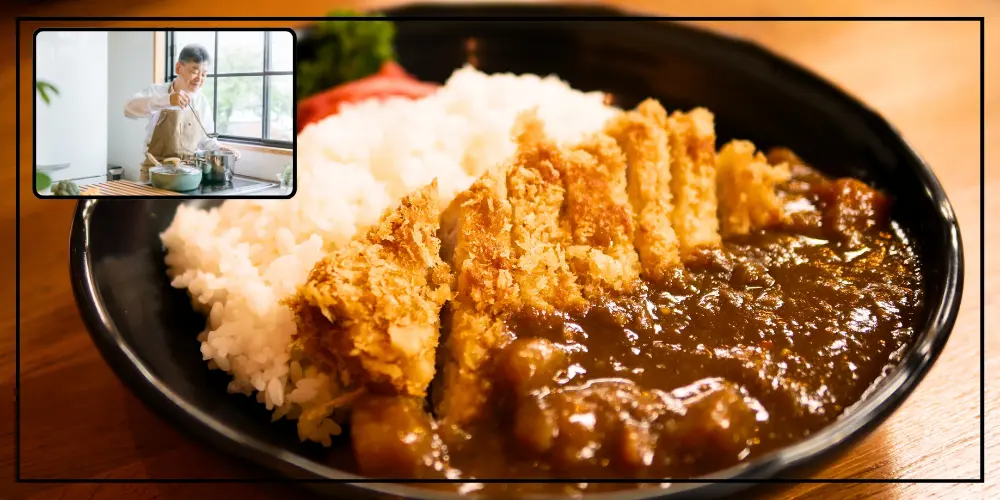
Japanese curry is a dish widely accepted as home cooking in Japan and is a staple you will encounter in virtually every restaurant and café across the country.
Originally introduced from India, the dish was brought to Japan during the Meiji era via Britain and has since undergone unique modifications. As a result, Japanese curry has developed a distinct flavor profile that sets it apart from other Asian curries.
Japanese curry typically ranges from mild to spicy, featuring a rich and smooth sauce or roux. The main ingredients often include beef, pork, or chicken, with a generous amount of vegetables like potatoes, carrots, and onions. These ingredients are simmered together with spices, slowly cooked to create a deep flavor and tender texture.
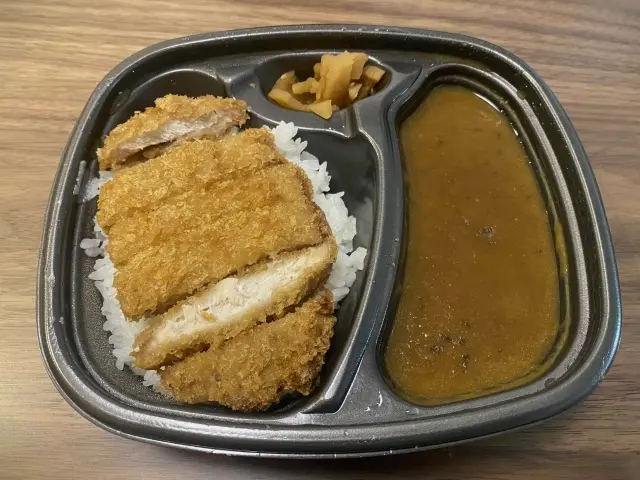

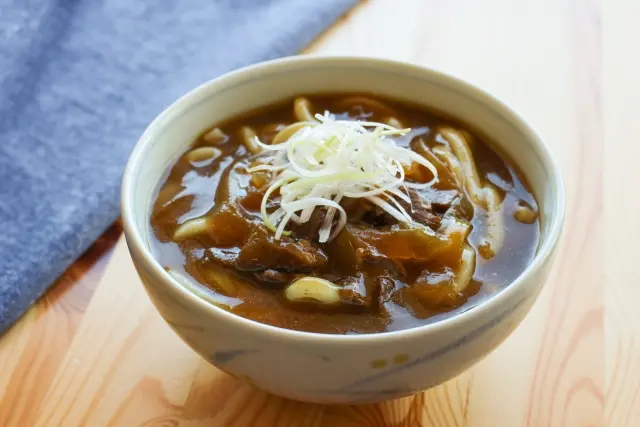
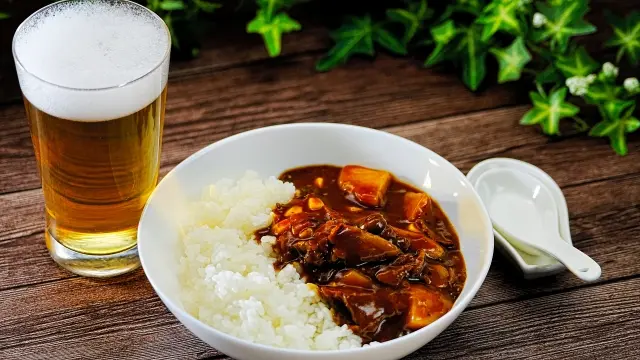
Curry rice is the most popular way to enjoy this dish, offering a simple yet nutritious and heartwarming meal. There are also various other variations, such as curry udon and curry bread (a fried bread dough filled with curry), which are widely enjoyed. Appearing frequently in school lunches and as a home-cooked meal, Japanese curry is beloved by people of all ages, establishing its status as a national dish.
5.Okonomi Yaki

Okonomiyaki is a fascinating dish popular especially in the Hiroshima and Kansai regions of Japan, where each area enjoys its unique style. Literally meaning “grill as you like,” this dish allows you to use a variety of ingredients according to your preference, making the cooking process part of the fun.
Kansai-style okonomiyaki is made with a batter of flour, water, eggs, and cabbage, mixed with ingredients like pork, squid, and shrimp, then cooked on a griddle. Hiroshima-style, on the other hand, uses the same batter but layers the ingredients, including additions like yakisoba or udon noodles, and is also cooked on a griddle. Both styles are typically topped with a soy-based sauce, mayonnaise, bonito flakes, and green seaweed.
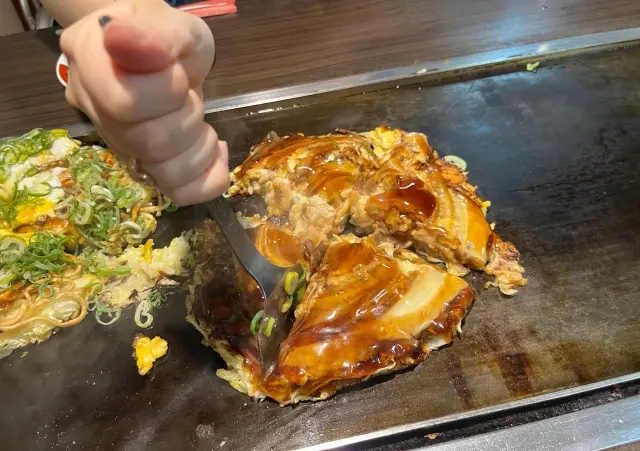
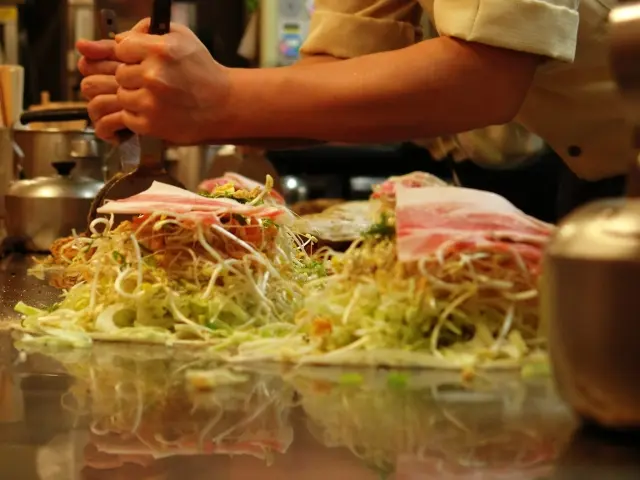
If you’re health-conscious, okonomiyaki offers many healthy options. Using plenty of cabbage and other vegetables provides a rich source of fiber and vitamins. For the filling, choosing low-fat proteins like tofu or chicken can make it a healthier dish. Enjoy the variety of ingredients that can be incorporated into okonomiyaki.
Be sure to try okonomiyaki at a local restaurant when you travel—it’s a delightful taste of Japanese culinary culture.
6.Shabu-Shabu

Shabu-shabu is one of Japan’s traditional hot pot dishes, and its name comes from the sound made as ingredients are swished in the pot. This dish is especially popular during the cold winter months, known for its distinct flavors and healthy cooking method.
The basics of shabu-shabu involve thinly sliced meat (typically beef or pork) and a variety of fresh vegetables and other ingredients. These are quickly cooked in hot broth, which is characteristically made from kelp, dried sardines, and bonito flakes, giving it a delicate and refined flavor.
Before adding the ingredients, the broth is brought to a boil and kept warm on a burner at the table. Ingredients are swished back and forth in the broth, creating the “shabu-shabu” sound, heated briefly, and then eaten immediately. This method ensures the meat and vegetables are tender and flavorful.
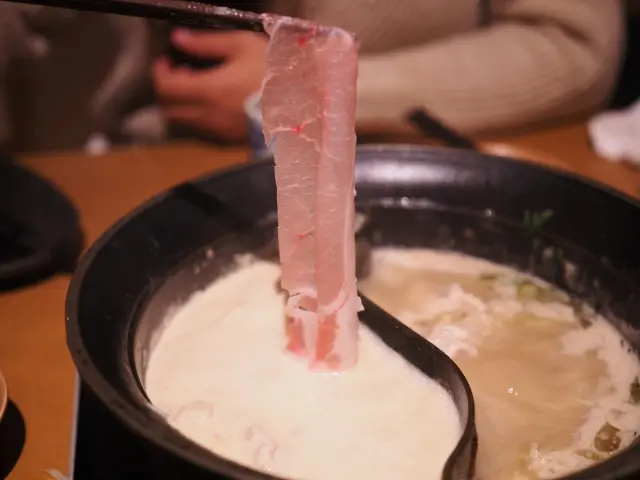
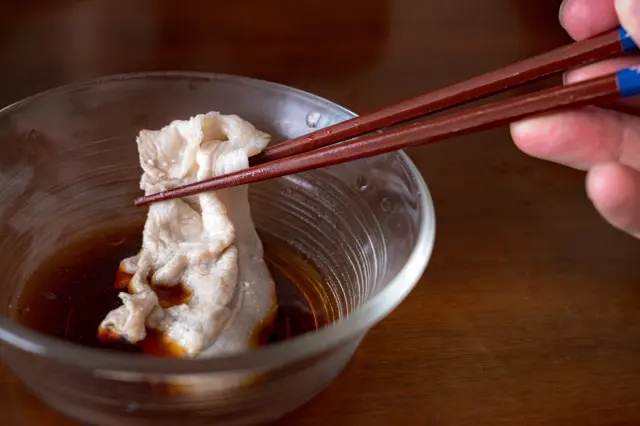
Ingredients rich in fat taste delicious when eaten with a ponzu sauce made from vinegar and soy sauce.
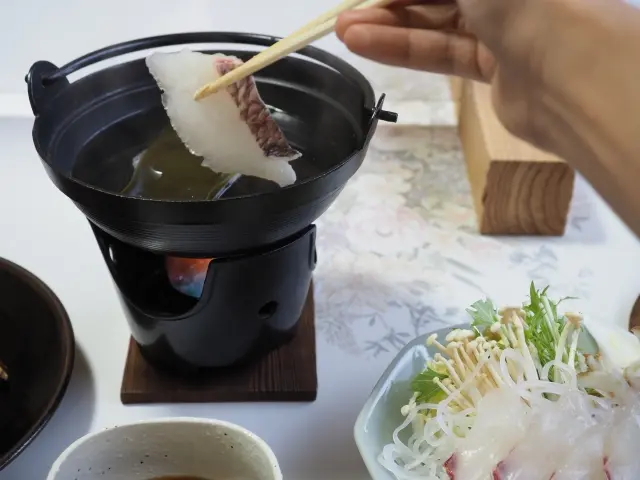
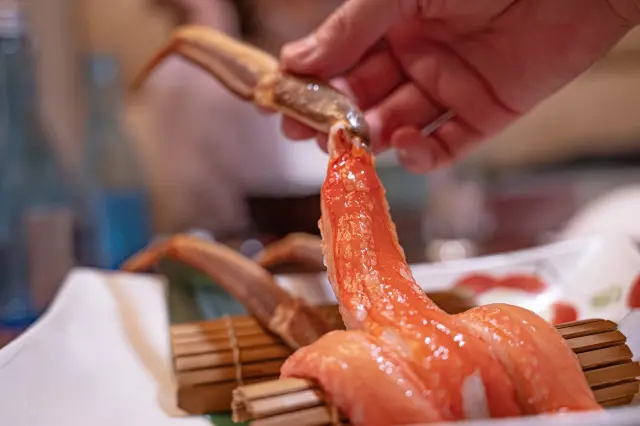
Shabu-shabu is commonly enjoyed with dipping sauces such as sesame dressing or ponzu, a citrus-based sauce. These sauces enhance the flavor of the meat and make the vegetables even more enjoyable.
Shabu-shabu has become increasingly popular among international travelers due to its health benefits as a low-fat dish rich in vegetables, offering good nutritional balance and suitability for diets. With a variety of vegetables and mushrooms, it creates a visually appealing and appetizing dish.
This combination of fresh ingredients and interactive cooking makes shabu-shabu a symbol of Japanese culinary culture, providing a delightful dining experience.
7.Yakitori
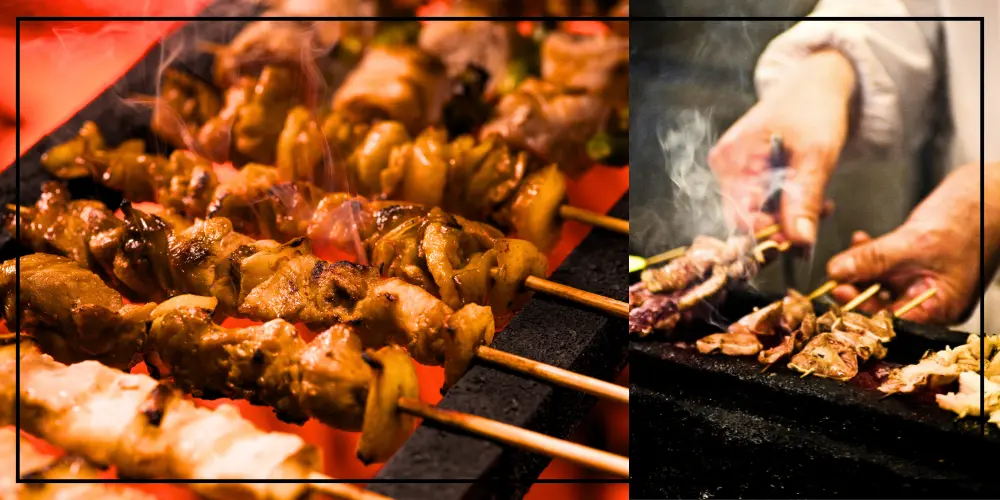
Yakitori is an indispensable part of Japanese culinary culture, particularly cherished as an evening treat in izakayas all around Japan. Carefully grilled over charcoal, the chicken is crispy on the outside and juicy on the inside, and its savory flavor pairs exceptionally well with drinks like beer and sake.
There are two basic seasonings: salt and tare (a sweet and spicy soy-based sauce). Salt-grilled yakitori offers a simple style that highlights the natural taste of the chicken, while tare-grilled enhances the flavor with the sweetness and spiciness of the sauce. Both styles bring out the best in the chicken’s umami, endearing it to many.

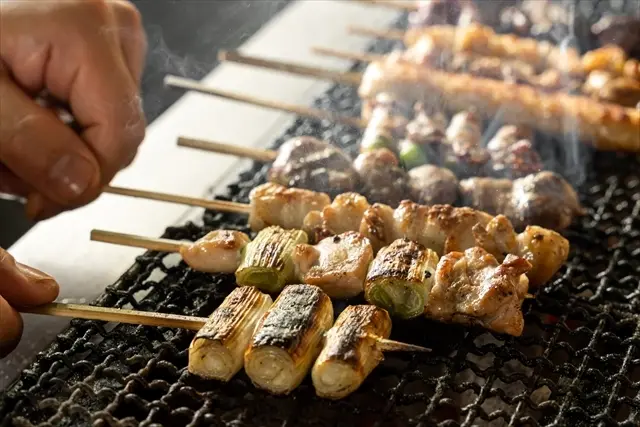

Yakitori also appeals due to its variety. Various parts are skewered, allowing choices like breast, thigh, skin, and negima (alternating pieces of chicken and leek), according to personal preference. Charcoal grilling is particularly popular as it cooks the meat evenly from the inside out, resulting in a perfect combination of crispiness and tenderness.
Recently, there have been creative adaptations using yakitori. One such dish is yakitori donburi. This bowl features yakitori placed on top of warm rice, where the chicken’s fat and sauce infuse the rice with flavor, making it an excellent choice to conclude a drinking session.
8.Udon
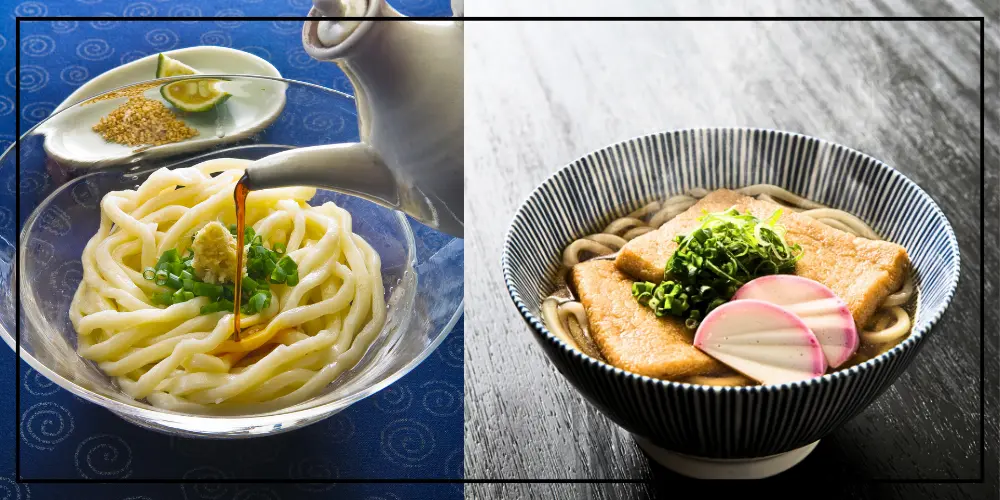
Continuing with what to eat in Japan, let’s focus on Udon. Udon is an incredibly popular noodle dish that can be enjoyed anywhere in Japan, from station eateries to rural restaurants. These thick, chewy noodles are often served hot in a flavorful broth, but there are also cold versions served with dipping sauces. Ubiquitous across the country, udon reflects the simplicity and depth of Japanese culinary culture and is definitely worth trying.

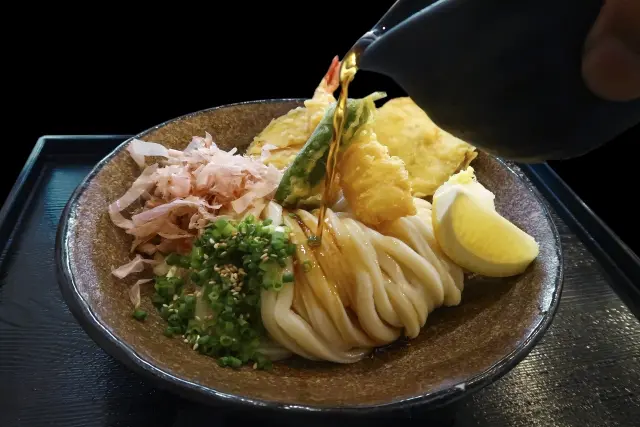
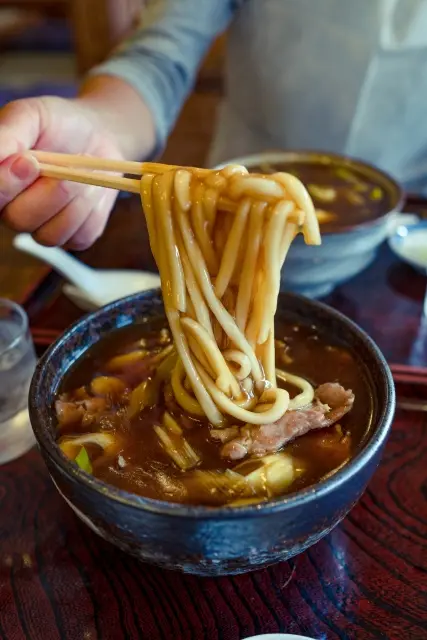
The basic broth for udon begins with soaking ingredients like kelp, bonito flakes, and dried sardines in water to extract their umami. This broth forms the foundation of the udon soup, playing a crucial role in enhancing its flavor. Especially on cold days, a warm bowl of udon soup can heat the body from the inside and provide a relaxing effect. Additionally, this broth aids digestion, making it a healthy food choice.
No matter which part of Japan you visit, you can enjoy unique udon varieties that showcase local characteristics, adding to the enjoyment of your travels.
9.Yakiniku
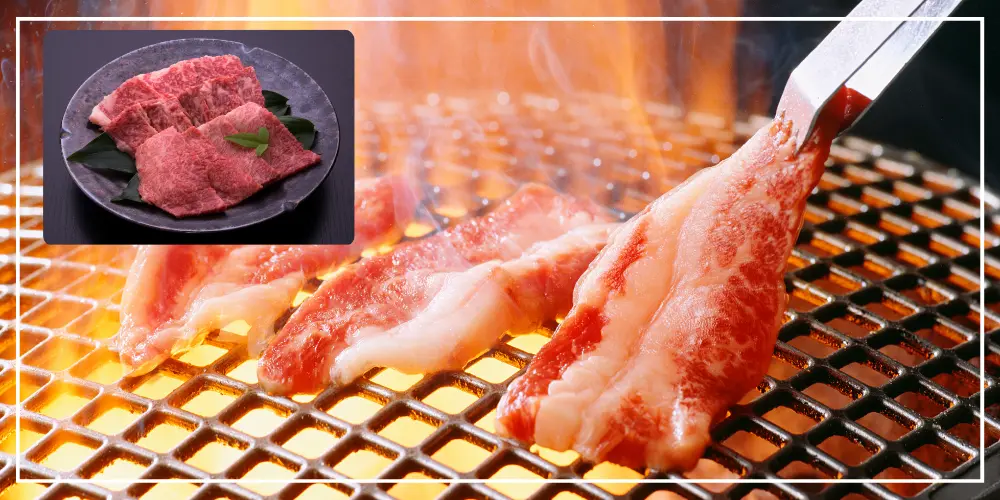
If you’re wondering what to eat in Japan, you definitely shouldn’t miss yakiniku. Yakiniku, which means “grilled meat,” is a Japanese-style barbecue where various types of meat are grilled right at your table. From beef to pork and chicken, yakiniku offers a fun and flavorful dining adventure.
Yakiniku restaurants range from all-you-can-eat to upscale establishments, catering to every appetite and budget. At all-you-can-eat places, you can enjoy various meats and side dishes for a fixed price, which makes them popular among groups and families. On the other hand, high-end yakiniku restaurants focus on premium cuts like Wagyu beef, valued for its rich marbling and tender texture.

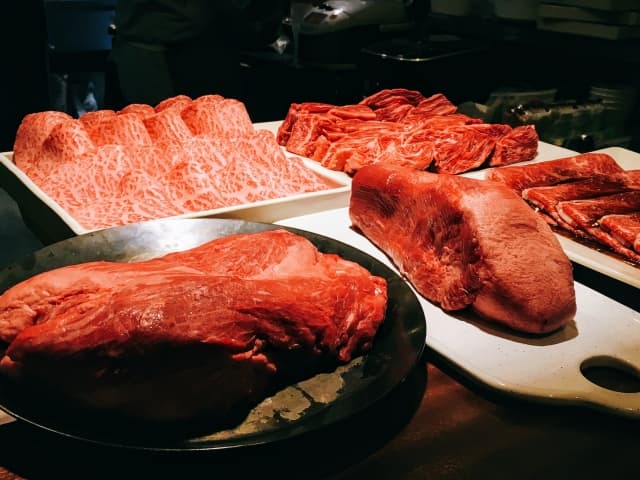
Each table is equipped with either a gas grill or a charcoal grill, allowing diners to cook the meat to their liking. This interactive element not only makes the meal enjoyable but also allows everyone to customize their experience by choosing from a variety of marinades and dipping sauces, ranging from sweet to savory.
Yakiniku is a symbol of Japan’s diverse culinary culture and a must-try for any meat lover visiting the country. Whether you’re dining at a casual eatery or an upscale restaurant, yakiniku is sure to provide a memorable and satisfying meal.
10.Onigiri

Onigiri, a traditional Japanese food, is rice shaped into triangles or balls and often wrapped in seaweed. This simple and portable snack can be found everywhere in Japan.
One of the charms of onigiri is its variety. It can include a wide range of fillings such as pickled plum, salmon, tuna mayonnaise, spicy cod roe, and grilled chicken. Each filling offers a different flavor, allowing you to enjoy multiple tastes.
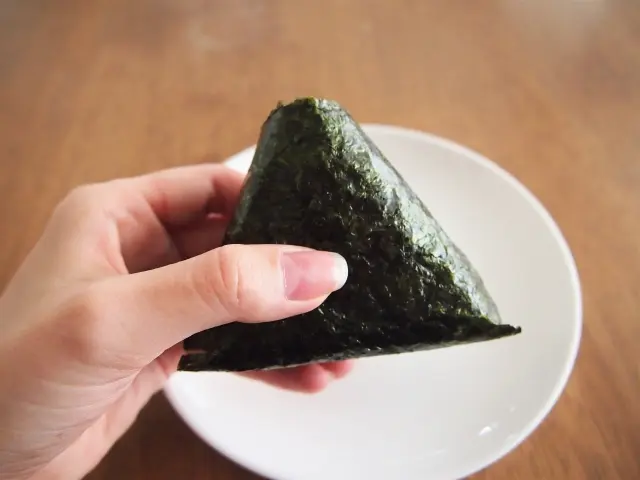
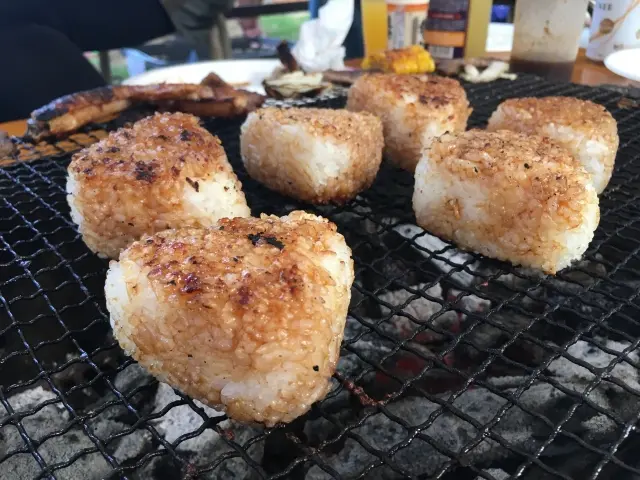
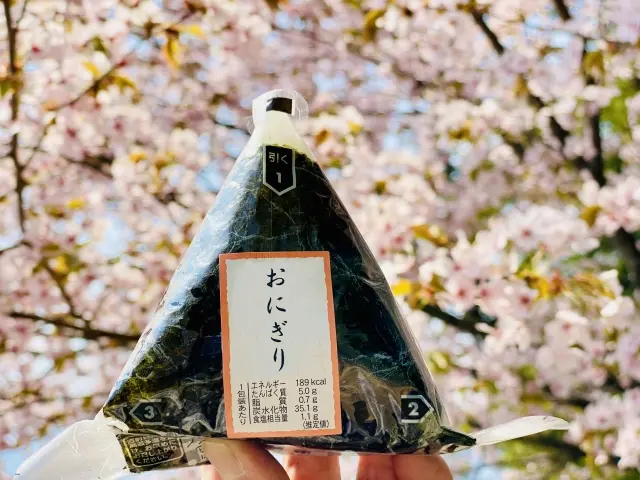
Onigiri is also highly nutritious. Rice is a rich source of carbohydrates, providing energy, while the fillings can add proteins, vitamins, and minerals. For example, salmon contains omega-3 fatty acids, and pickled plums can aid digestion and boost the immune system.
Onigiri is an essential item in Japanese lunchboxes and picnics, and it’s also readily available at convenience stores and supermarkets. Its convenience and balanced nutrition make it a staple in the daily life of the Japanese people. It’s handy for snacks on the go, breakfast, or even as emergency food. Onigiri represents the simplicity and deliciousness of Japanese food culture, making it one of its culinary symbols.
【Related Articles】
- Discover the Friendly, Fun and Delicious of Osaka – Enigmatic Japan Info
- Osaka Castle and Its Surrounding Park – Enigmatic Japan Info
- Nara: Experiencing the Ancient Spirit of Japan – Enigmatic Japan Info
- Ancient Kyoto – An Experience Beyond Time – Enigmatic Japan Info
- Osaka Umeda Nightlife: 6 Must-Visit Spots ー Enigmatic Japan Info
- Tokyo to Osaka: How to Get There?ー Enigmatic Japan Info
- Kobe: A Cosmopolitan Gateway in Hyogo ー Enigmatic Japan Info
- Shinsaibashisuji Quick Guide: Shopping Hours ー Enigmatic Japan Info
- Wakayama: Land of Natural Wonders ー Enigmatic Japan Info
- BOOK OFF: Quality Thrift Finds in Japan! – Enigmatic Japan Info
- Asakusa: Shopping to Dining, All About Guide – Enigmatic Japan Info
